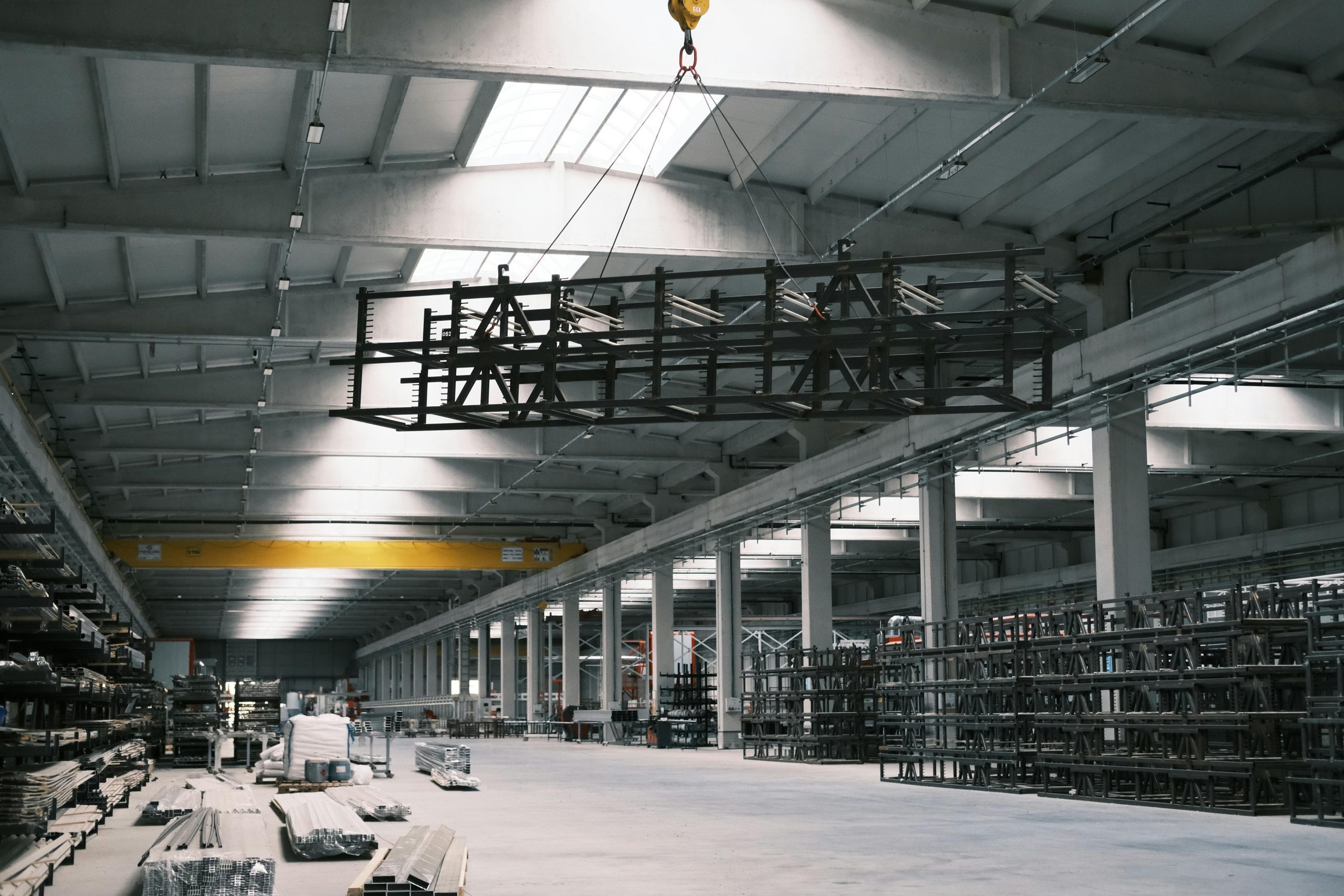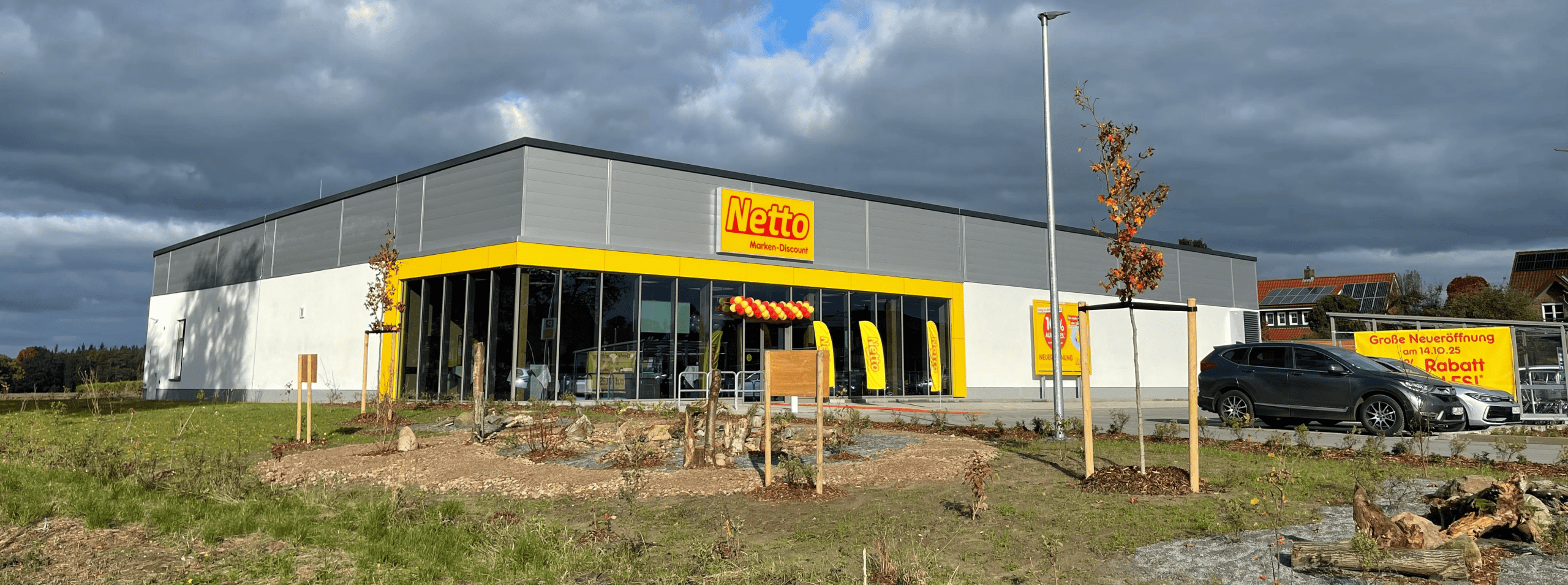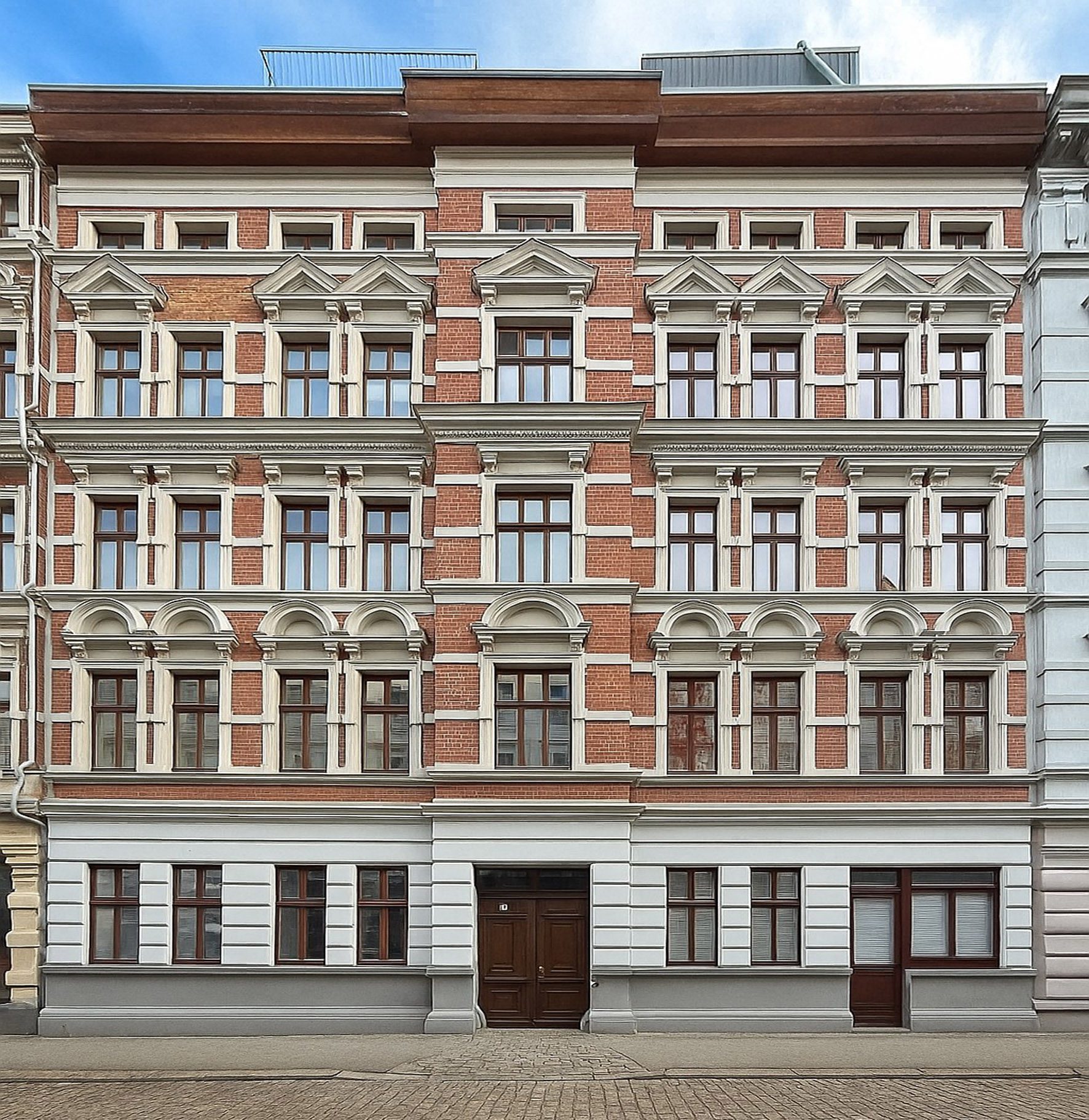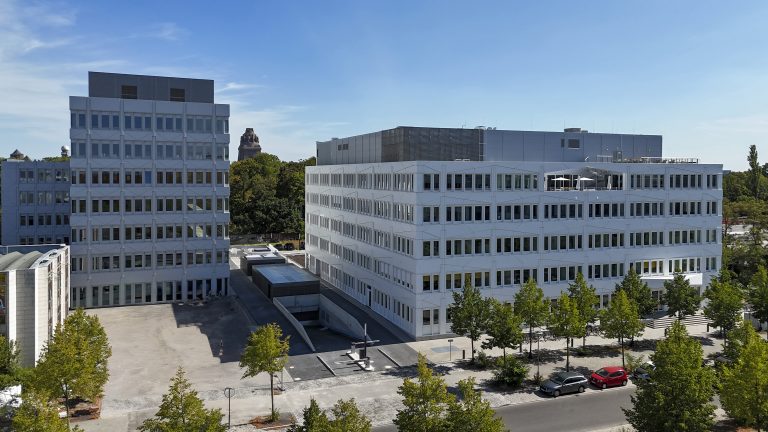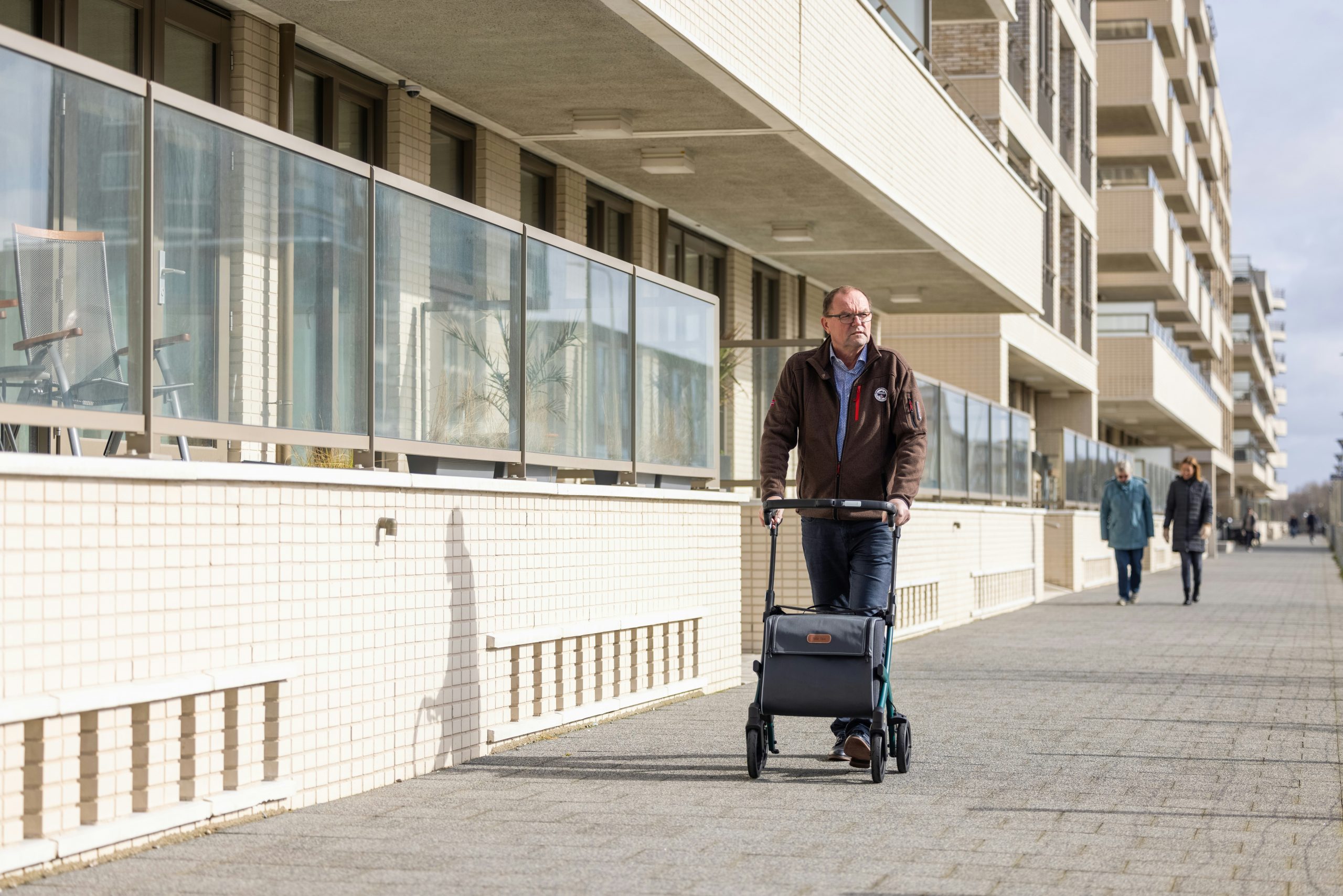While people are increasingly attracted to AI-powered environments, many are also looking for time out from constant digital interaction. This reflects the desire for technology that works discreetly in the background and enhances human exchange rather than replacing it, according to one of the findings of JLL’s Global Consumer Experience Survey 2025 . For the real estate industry, this creates an opportunity and the challenge of creating an environment that meets these requirements – in the office, in housing, retail and infrastructure alike. For the global JLL survey, 12,000 participants in 19 markets and 64 cities were surveyed – including Berlin, Frankfurt and Munich.
More than 60 percent of consumers in the survey said that they like to use technology-free spaces for “digital detoxification”. At the same time, however, 72 percent of global respondents believe that cities should be digitized and 67 percent think that integrating AI into urban infrastructure would significantly improve their lives there. “The paradox between the need to pull the plug and use AI and technology-enabled spaces at the same time is clearly noticeable,” says Mechthild Brandt, Head of Consulting JLL Germany. “People’s resistance is rarely directed against technology per se, but rather against its poor or less intuitive implementation. This is evident in the fact that consumers prefer conscious technology integration spaces that feel personal, frictionless, and connected, without the need for constant screen time. This opens up the possibility for real estate developers to create intelligently integrated environments where the technology works invisibly.”

The survey shows the growing influence of user experiences and expectations on the design of real estate developments, a trend that was already outlined in the first Consumer Experience Survey 2024. This year, 74 percent of consumers globally expect cities to offer new experiences, and 69 percent are willing to pay a premium for a higher-quality environment, compared to 64 percent in 2024. Comfort and safety are the two most important factors preferred for the experience in the built environment, followed by wellness, uniqueness and entertainment. This underscores the need for developers and users to deliver increasingly dynamic and high-quality offerings without compromising on the fundamental factors of accessibility and functionality.
Physical proximity is crucial: 74 percent attach importance to the fact that all important points can be reached within 15 minutes on foot. “The built environment is no longer just a backdrop – it actively participates in people’s lives,” Brandt adds. “The winners in this next chapter will be those who understand that people want both the peace of a tech-free moment and the convenience of AI – and can provide both in the same space.”
Emerging economies such as India (78 percent in favor of AI), China (77 percent), Saudi Arabia and Brazil (71 percent each) show the greatest enthusiasm for AI and technology integration. Germany is in the upper midfield with 68 percent, leading the field of European countries, with Australia with 54 percent and France with 49 percent in favor of AI technology, according to the survey.
The rapid digitalization of working life requires consistent action and tact at the same time: “AI-supported workplace solutions should ideally work quietly in the background – anticipate individual needs, support health and well-being – and at the same time reduce human administrative burden. AI should also act as an invisible, human-centered platform that provides positive workplace experiences and seamlessly curates spaces, personalizes services, and fosters meaningful social connections that really matter. We need a human-centered AI environment that helps reduce stress and create more positive workplace experiences,” says Brandt.
Tailoring to personal needs extends to the entire range of properties
Personalization has also emerged as one of the top priorities for respondents this year. While in previous years it was mainly focused on the retail shopping experience, we are now seeing that individualization is also extending to the entire living environment: 66 percent of respondents are choosing places that correspond to their personal preferences overall, rather than deciding solely on amenities or price.
This trend places a greater focus on human interaction within spaces, a wider range of comfort, and the conscious use of technology to improve activities and interactions. For example, 68 percent expect stores and retail spaces to offer more than just products, such as customer events or individual in-store offers. In addition, 59 percent of respondents like to use digital technologies such as AI-powered apps to book events or travel. At the same time, however, 65 percent prefer brick-and-mortar retail to shop in person rather than online, which again underlines the importance of face-to-face interactions.
“The survey shows how individual and diverse the needs are. Accordingly, there are no patent solutions for the players in the real estate industry, but great potential to stand out from the competition by creating areas and environments in which people can act efficiently and feel comfortable at the same time,” Mechthild Brandt sums up.




